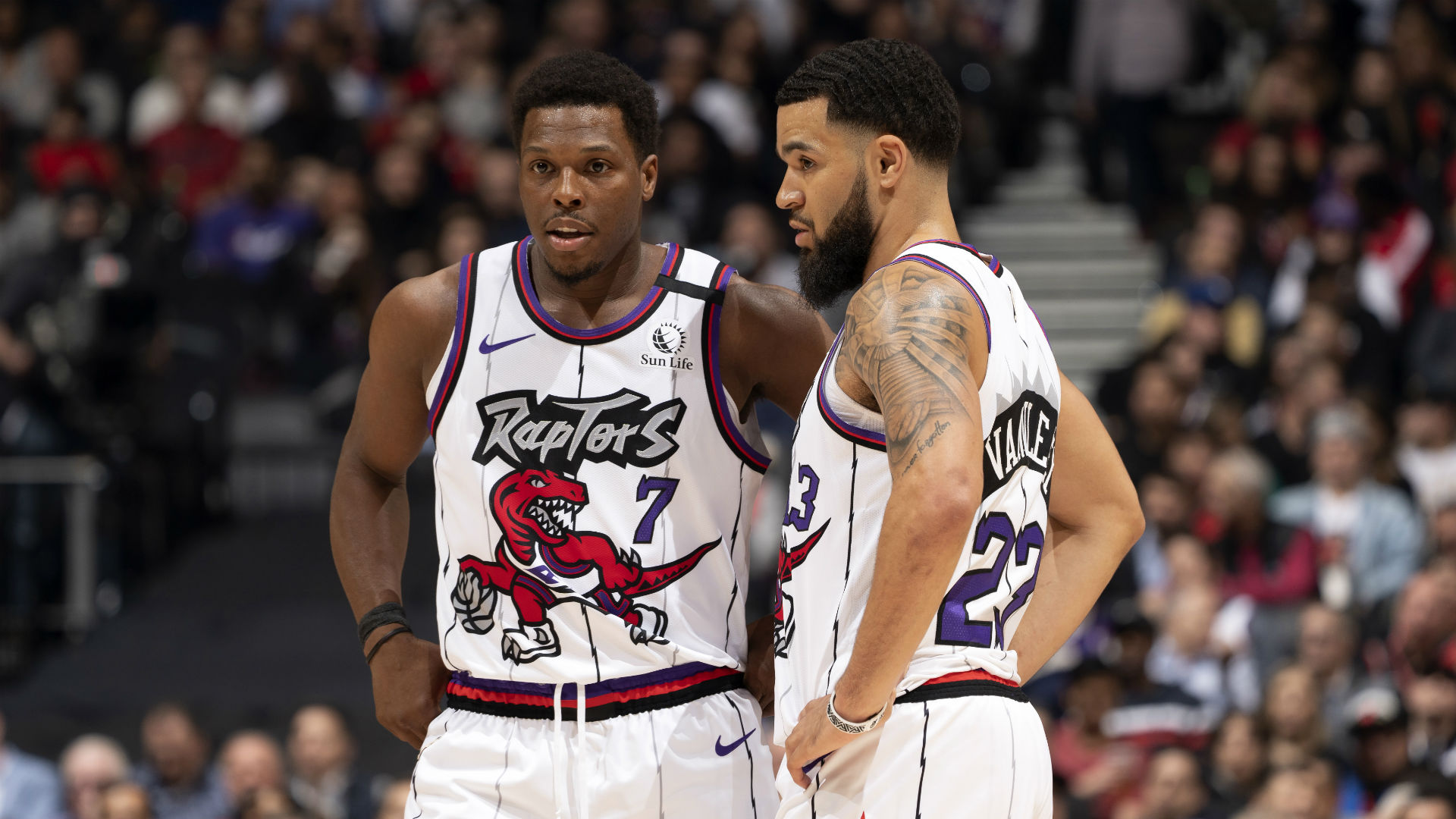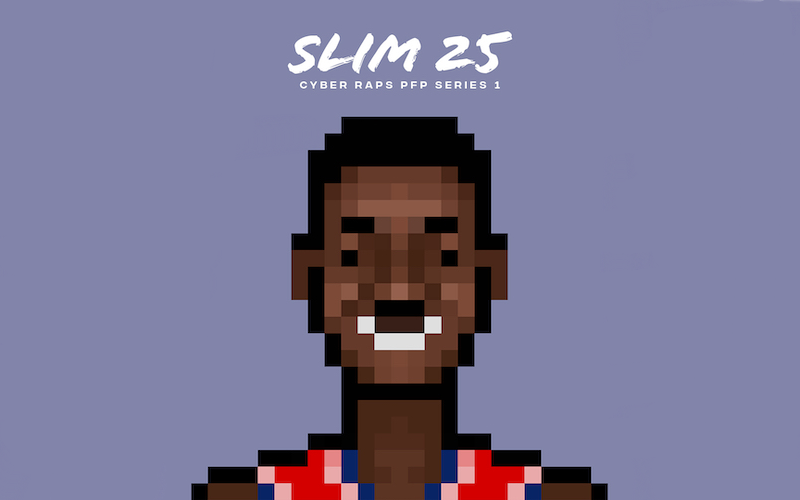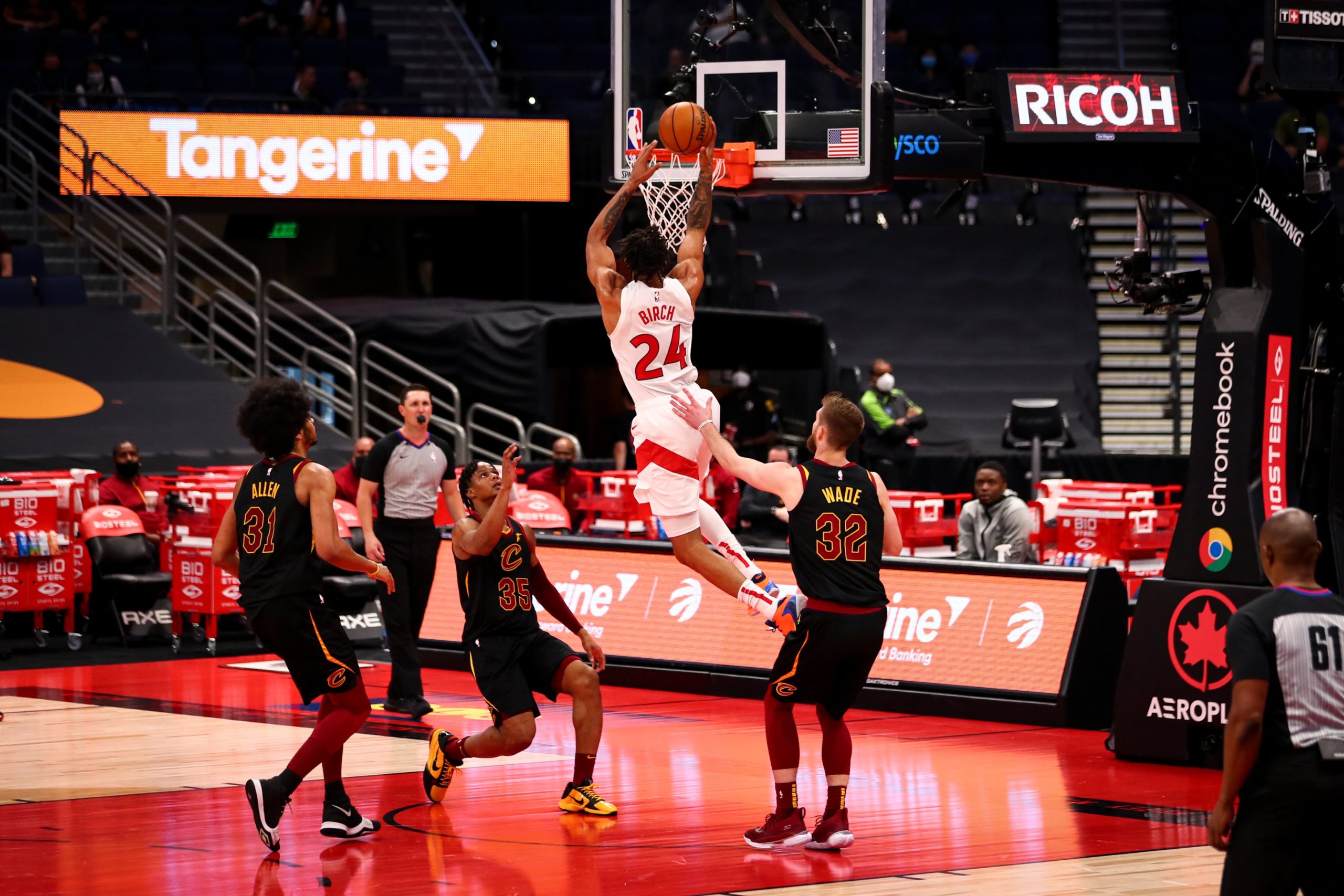It hurts to lose your heart. It can hurt even more to have to go on pretending everything’s the same afterwards. The Raptors lost their heart, but they still have to play basketball. Fortunately the transplant is already waiting in the wings.
Even if Fred VanVleet is as close a facsimile to Kyle Lowry as can be created, they are far from the same player. VanVleet has his own advantages, including probably being a better defender than Lowry was at any point in his career. The off-court leadership transition will be smoother than expected, with VanVleet already taking over those leadership reins during the past few years. But Lowry’s greatest advantage has always been his contribution to a half-court offense. There are reasons to expect Toronto’s half-court offense to be problematic, and Lowry’s departure is one biggie. That being said, half-court offense has been Toronto’s achilles’ heel for some time now, even with Lowry in the lineup.
So what will change now that VanVleet is the unquestioned leader, sharing lead guard duties between his left hand and his right?
For as long as Lowry was in Toronto, he shared point guard duties with someone. DeMar DeRozan was a self-creator who spent lots of time on the ball, and he evolved into an exquisite playmaker in his own right. VanVleet emerged as a second point guard who played big minutes alongside Lowry even when the former was coming off the bench. Two-initiator looks have been a staple of Toronto’s success for almost a decade. This year, unless Toronto starts Goran Dragic or Malachi Flynn at the second guard spot, there will be only one guard creator on the floor with the starters. Gary Trent jr. has plenty of positives on the offensive end, but creating for others isn’t one of them. So VanVleet will be alone and asked to do more than ever before.
VanVleet has improved massively as a pick-and-roll orchestrator over the years. He and Serge Ibaka developed impressive chemistry together, although the bulk of their partnership came in the midrange. VanVleet became an excellent creator in the pick and pop, and good-not-great when the roller actually rolls. He’ll need to improve in that latter category, as some of Lowry’s highest-value contributions came in his genius feeds to rollers. Unless VanVleet improves in the new role, Toronto doesn’t roster a single above-average creator for rollers on the team.
One might think that could result in a higher 3-point attempt rate this year than last, which would be problematic considering that Toronto was already a team overdependent on threes and inefficient when driving. Yet Toronto’s 3-point attempt rate was higher with Lowry playing (47.0 percent) than with VanVleet (45.9 percent).
VanVleet was already more efficient in the pick and roll than Lowry last season. That’s largely because he had such a low turnover rate and because he became an extremely efficient pull-up shooter. Last year, VanVleet was 12th in the league in pull-up threes attempted per game, and he shot an excellent-for-how-difficult-the-shot-is 35.3 percent on them. That he can just come around a screen and fire a triple with an expected points per shot better than the highest halfcourt points-per-play any team managed in part allowed VanVleet to be an efficient pick-and-roll orchestrator practically on its own. And he ran more pick and rolls than Lowry, both in total and on a per-possession basis; he already ran a top-35 number of pick and rolls last season, and adding too many more might not be good for Toronto’s offense. He’s not as efficient as the point guards who run double-digit pick and rolls per game like Damian Lillard, Trae Young, or Luka Doncic, so it’s likely that VanVleet alone won’t absorb Lowry’s duties. VanVleet has been Toronto’s starting point guard for some time already, but he’s always had a bailout option in Lowry. There’s a chance that VanVleet’s own game might look less efficient without Lowry next to him; VanVleet did shoot significantly better from the floor with Lowry on the court versus off.
Still, there is cause to think that VanVleet could be more efficient in the pick and roll next year. He scored an above-average 0.93 points per possession in the pick and roll last season, and that was despite a sizeable portion of his pick and rolls coming alongside Aron Baynes. This season he should spend much more time running pick and rolls with Khem Birch and Chris Boucher, with whom he showed great pick-and-roll chemistry last year. Furthermore, his career has generally been a linear progression of improvement with pull-up shots, so it wouldn’t be a stretch to expect him to improve to 36-ish percent from deep on pull-ups. He shot the worst percentage of his career from within 10 feet last year, at 42.9 percent, so there’s reason to expect him to bounce back now that he’s working on floaters and other tricks to improve the lackluster at-rim finishing percentage that has plagued him for his career.
Outside of the pick and roll, VanVleet is an even more certain commodity on the offensive end. He’s one of the best catch-and-shoot shooters in the league, and he’s a master relocater to make sure he’ll still find a number of open ones despite being at the top of opponents’ defensive game plans. VanVleet used to be an over-dribbler, but he’s grown into a fantastic point guard who organizes his teammates and makes sure each possession ends in a quality shot. He’s averaged over six assists a game for two years in a row, second on the team behind only Lowry. Even though most of his assists created jumpers rather than layups, that’s normal for NBA players and also contributed to his low turnover rate. VanVleet’s passes led to 10.3 2-pointers and 9.3 3-pointers, which is the closest any Raptor has ever come to hitting such a ‘double double,’ since SportsVU cameras began tracking such things in all arenas in 2013.
One area where the Raptors could see a small shift is in pace. Toronto has been one of the most frequent users of transition in the last several years; in fact, the last season the Raptors ranked outside of the top five in terms of frequency of possessions that ended in transition was 2017-18. One large reason why is because of Lowry’s proclivity to push the ball. Even last season, the average Raptors’ offensive possession was 0.73 seconds faster with Lowry playing than on the bench, the largest mark on the team. With VanVleet playing, the average offensive possession was 0.09 seconds slower versus him on the bench. So half-court possessions might look fairly similar with VanVleet at the helm versus VanVleet and Lowry together, but the Raptors might just have more possessions in the half-court versus in transition.
In fact, it’s probable that the Raptors won’t see as much change without Lowry as you might expect. Last year, the Raptors were better offensively with Vanleet playing and Lowry sitting than vice versa, FiveThirtyEight ranked VanVleet as the 15th most effective player in the league on a per-possession basis, and when he was on the court, Toronto was a pretty solid offensive team, even last year.
VanVleet is not Lowry. He’s not nearly the level of finisher. He does not create as many high-caliber shots for others and has never proven to be as dominant a closer (although he’s certainly had his moments, particularly during the championship run). That being said, with Lowry as VanVleet’s teammate during VanVleet’s whole career, he’s never had the opportunity to do those things full time, either. VanVleet could grow into the role, certainly. But even if he stays himself, with just more touches and a larger role, the Raptors would be in good hands despite the departure of the GROAT. Careful with projecting VanVleet to grow his role too much, though. He was already 14th in the league in touches. Lowry was 11th, and it’s unlikely that VanVleet will absorb too many of those extra touches.
Even with Lowry gone, VanVleet will continue doing his thing. That means lots of threes, a relatively slow pace, and very few turnovers. But both VanVleet and Lowry were among the higher-usage players in the league last year. VanVleet’s offensive contributions can’t go much higher, which means that Flynn, Dragic, and even Pascal Siakam will have to absorb some of Lowry’s old duties. That’s when the team might look particularly different. Last year, the Raptors (when healthy) played 48 minutes with one of Lowry and VanVleet on the floor as well as approximately half of each game with both on the floor. Toronto will lack that extra punch with just one star point guard on the roster, and they’ll similarly lack that punch when VanVleet sits. The offense with him on the floor ought to remain excellent, but the real questions will be when VanVleet sits. Toronto will rely on VanVleet — who was already third in minutes played per game last season — even more than ever.
Toronto is losing its heart, but fortunately it had another vital organ ready to move into the void. Unfortunately, whatever VanVleet was before (lungs? brain?) is now missing. Flynn has some big shoes to fill.



